How to Make Traditional Japanese Miso Soup (Easy & Simple)
I’ll teach you how to make miso soup at home, using a simple fast method that anyone can do. I’ll also explain why miso is more than...

August 10, 2024
Hi, it’s Satoru from hariQ acupuncture & herbs. In this blog post, I will explain how you can use acupressure points to treat wrist pain caused by De Quervain tenosynovitis. This condition affects the tendons on the thumb side of your wrist and can cause pain, swelling, and tenderness at the base of your thumb and wrist. Our modern lifestyle, which involves a lot of texting, typing, gardening, and playing musical instruments, can contribute to this disorder. By utilizing the ancient wisdom of traditional oriental medicine, I have developed a 6-step acupressure massage technique that you can perform at home to reduce pain and swelling in your wrist and thumb.
Acupressure is a technique in which acupuncturists apply pressure to specific points on the body to treat various ailments. By pressing these points with your fingers, you can achieve similar effects and find relief from discomfort. I hope that this technique helps you alleviate your wrist pain and avoid the need for injections or surgery in the future.
We understand this can be a lot of information and overwhelming: if you are looking for more support and answers, set up a free consultation with our Pain Specialist, Satoru Ozawa. Share your story, get your questions answered, and learn how you can set yourself up for tremendous success in achieving a healthy life.
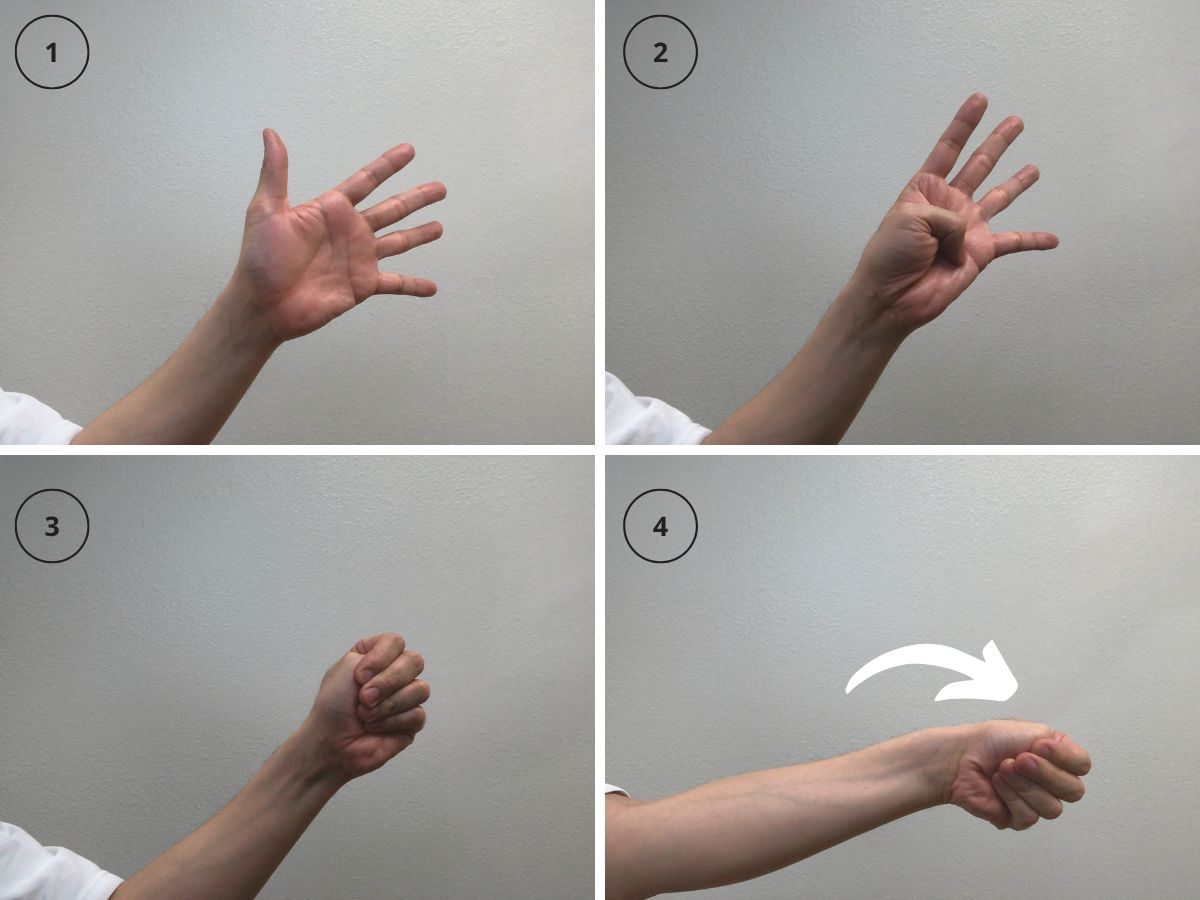
If you suspect that you might have De Quervain Tenosynovitis, there is a simple test that you can perform at home. It is called the Finkelstein test. To do this test, simply grip your thumb with your fingers and then bend your wrist towards your little finger. If you experience pain on the side of your wrist, you may have De Quervain Tenosynovitis, which is an inflammation of the tendon sheath in your wrist.
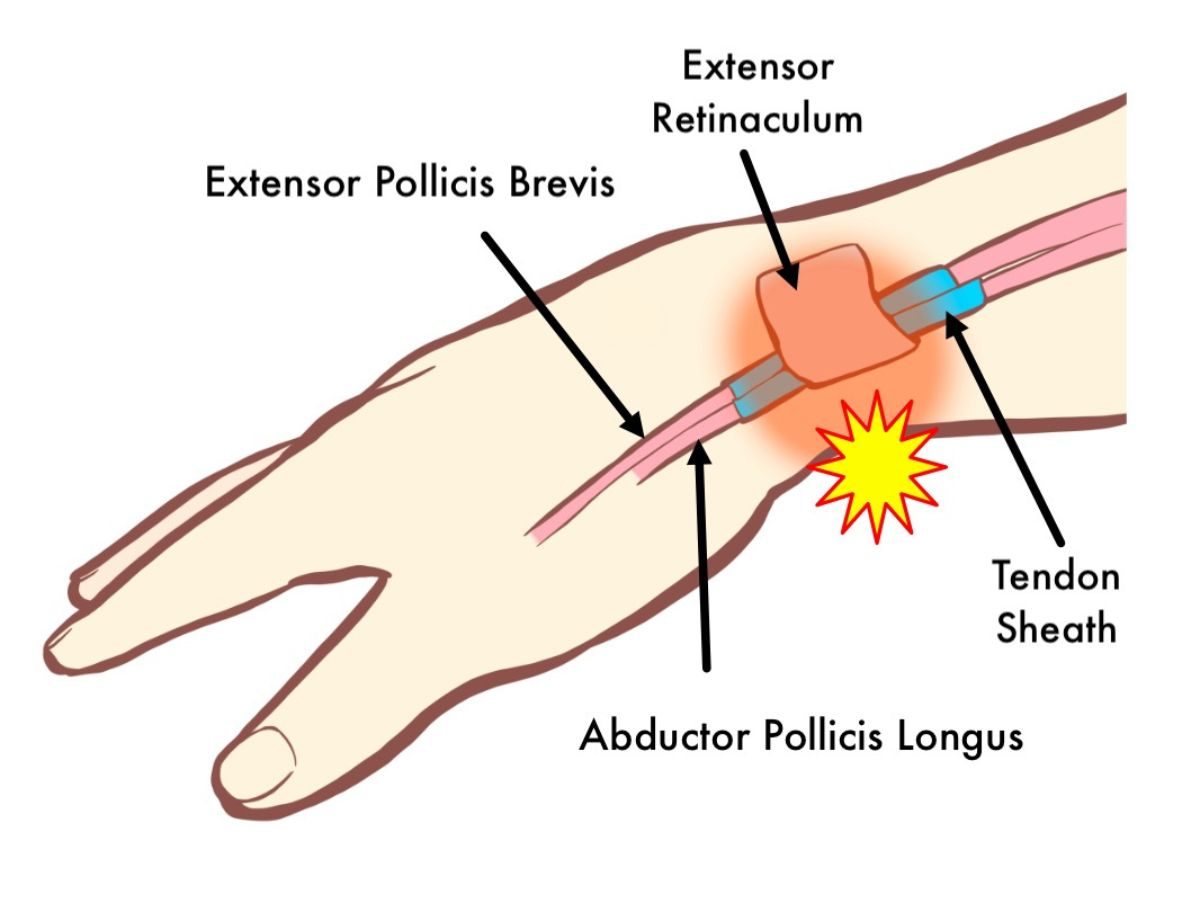
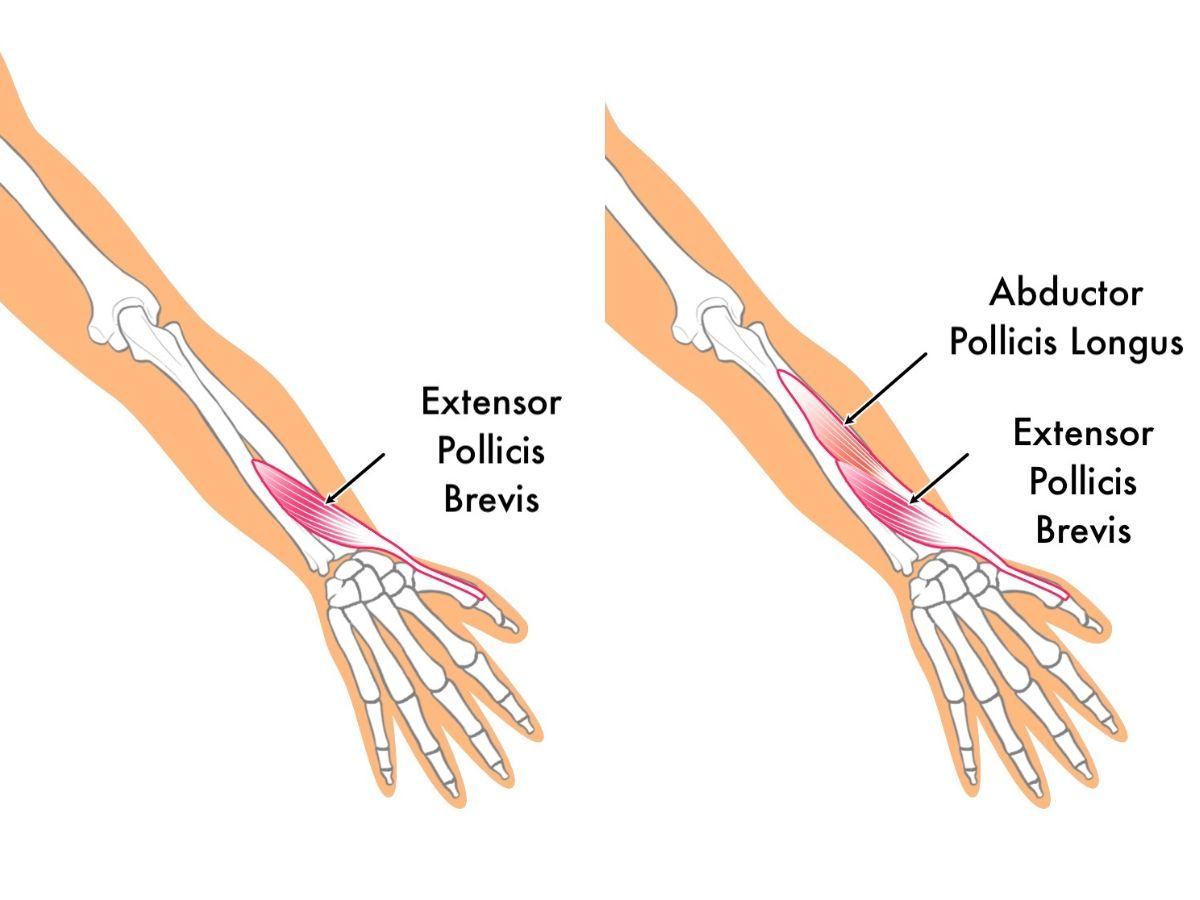
You may be wondering about the difference between tenosynovitis and tendinitis. Tendinitis refers to the inflammation of the tendon, whereas tenosynovitis refers to the inflammation of the tendon sheath, which is the tissue surrounding the tendon to prevent friction. In the case of tenosynovitis, two muscle tendons are involved, namely the abductor pollicis longus and extensor pollicis brevis. Both of these muscles are connected to the forearm and pass through the thumb side of the wrist to become thumb tendons. Whenever you extend your thumb outwards, these thumb muscles contract.
As previously mentioned, your wrist and thumb pain may be attributed to De Quervain Tenosynovitis, involving the muscles and tendons in that area. To help release the tension, improve blood circulation, and promote healing, I suggest using acupressure techniques. I have created a six-step process that combines both Eastern medicine and Western anatomy and physiology perspectives to address this condition.
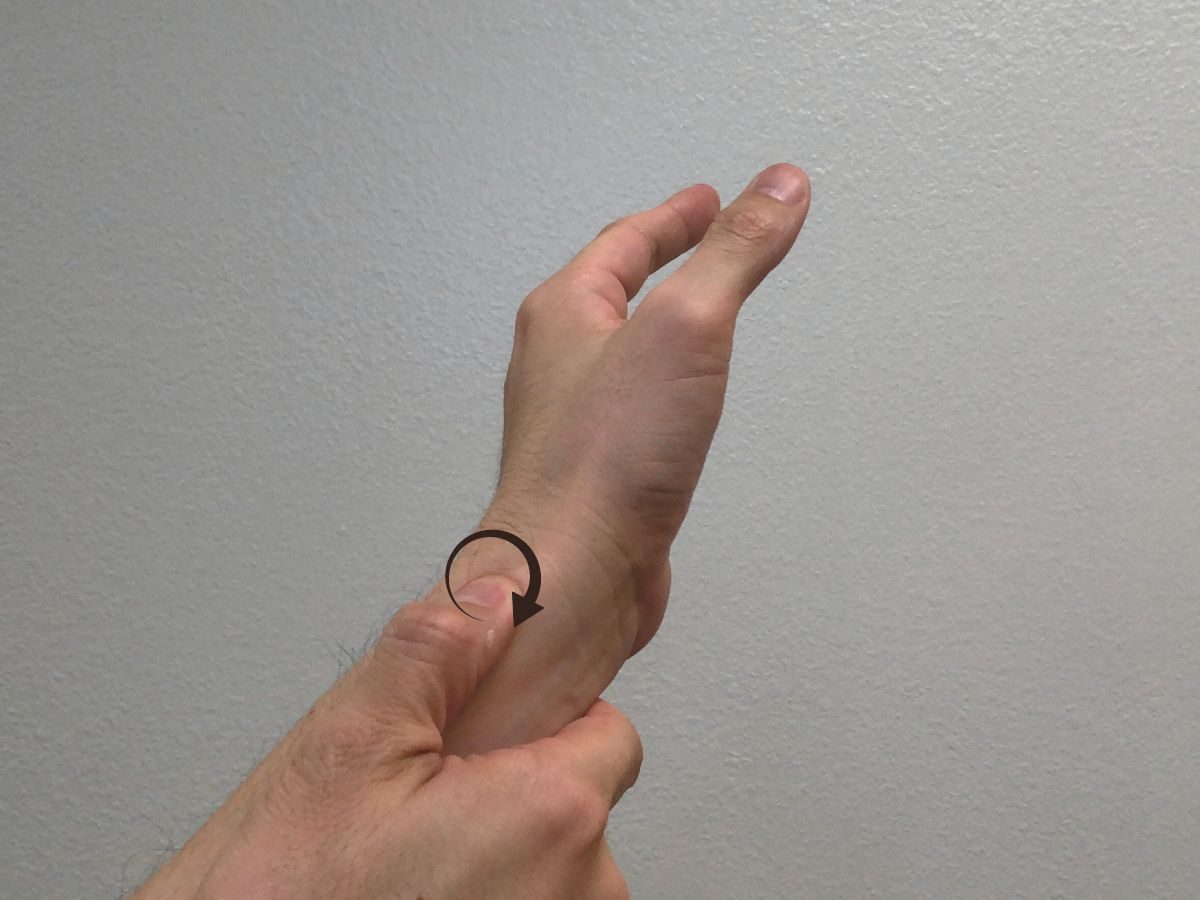
The first acupressure point is located between two muscles called abductor pollicis longus and extensor pollicis brevis. This point is known as Lung 7 or “Rekketsu” in Japanese. The Lung meridian pathway, which starts from the internal organs including the lung, ends at the nail bed of the thumb. This point is usually used for lung disorders, but it is also helpful for wrist and thumb pain such as De Quervain tenosynovitis due to its pathway and anatomy. However, this point may be sensitive for people with swollen wrists, so it can be skipped. To apply pressure, use your thumb to find the indentation between the tendons around the wrist area and rub in a circular motion for 10 seconds.
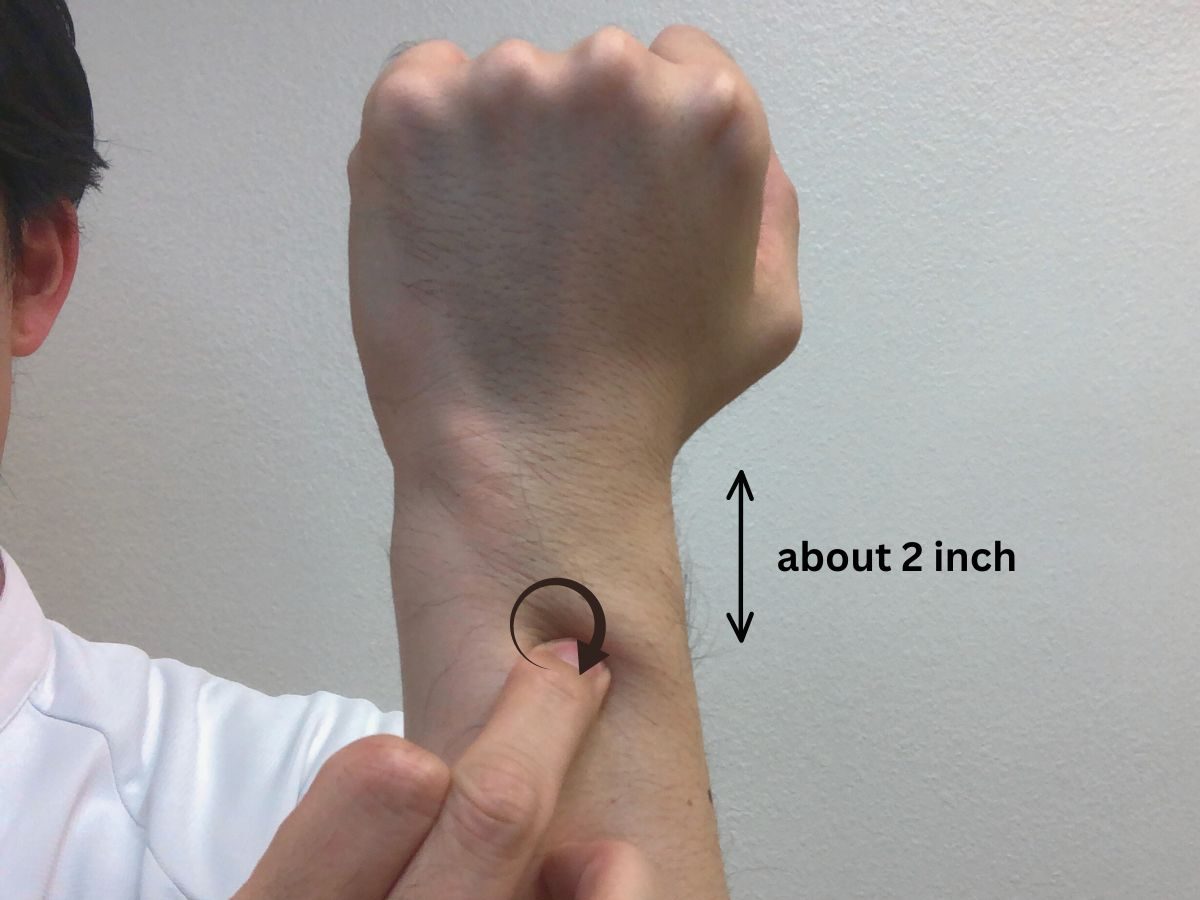
The second acupressure point is called the San Jiao or Triple Energizer 5. It can be found on the dorsal side of the wrist, three fingers below the wrist crease. This point is actually the pathway of the Extensor Pollicis Brevis, as this muscle comes from the dorsal side of the forearm, goes around the wrist, and ends at the base of the thumb. To release the muscle, you can massage this point in a circular motion for 10 seconds.
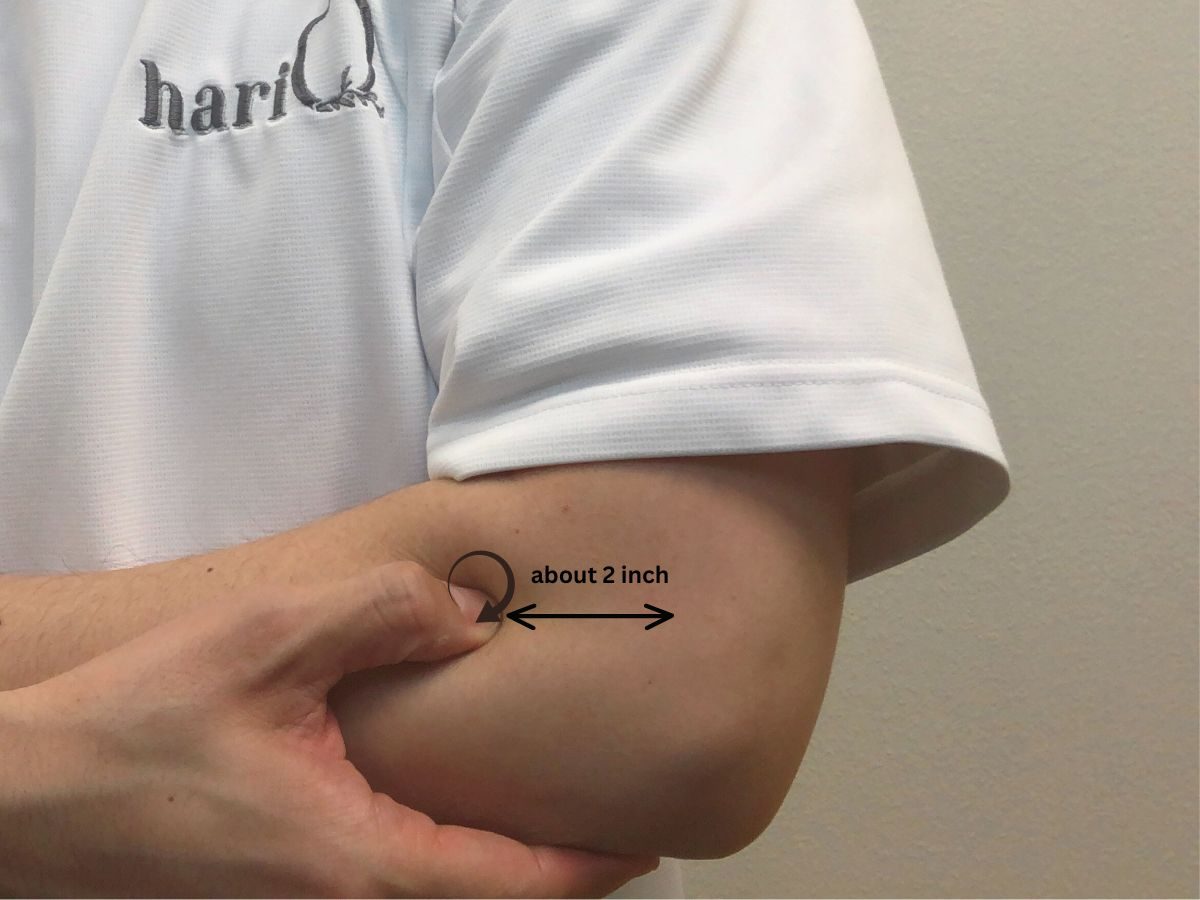
The third point is called Large Intestine 10 and it’s located at your elbow. When you rub your elbow, it’s because the muscle at your elbow is connected to the most extensor muscles of your wrist and fingers. If these muscles are tight or overworked, you may experience tension in your wrist. Furthermore, Large Intestine 10 is an effective acupressure point for alleviating pain along the large intestine meridian. To use this point, simply rub it in a circular motion using your thumb for about 10 seconds.
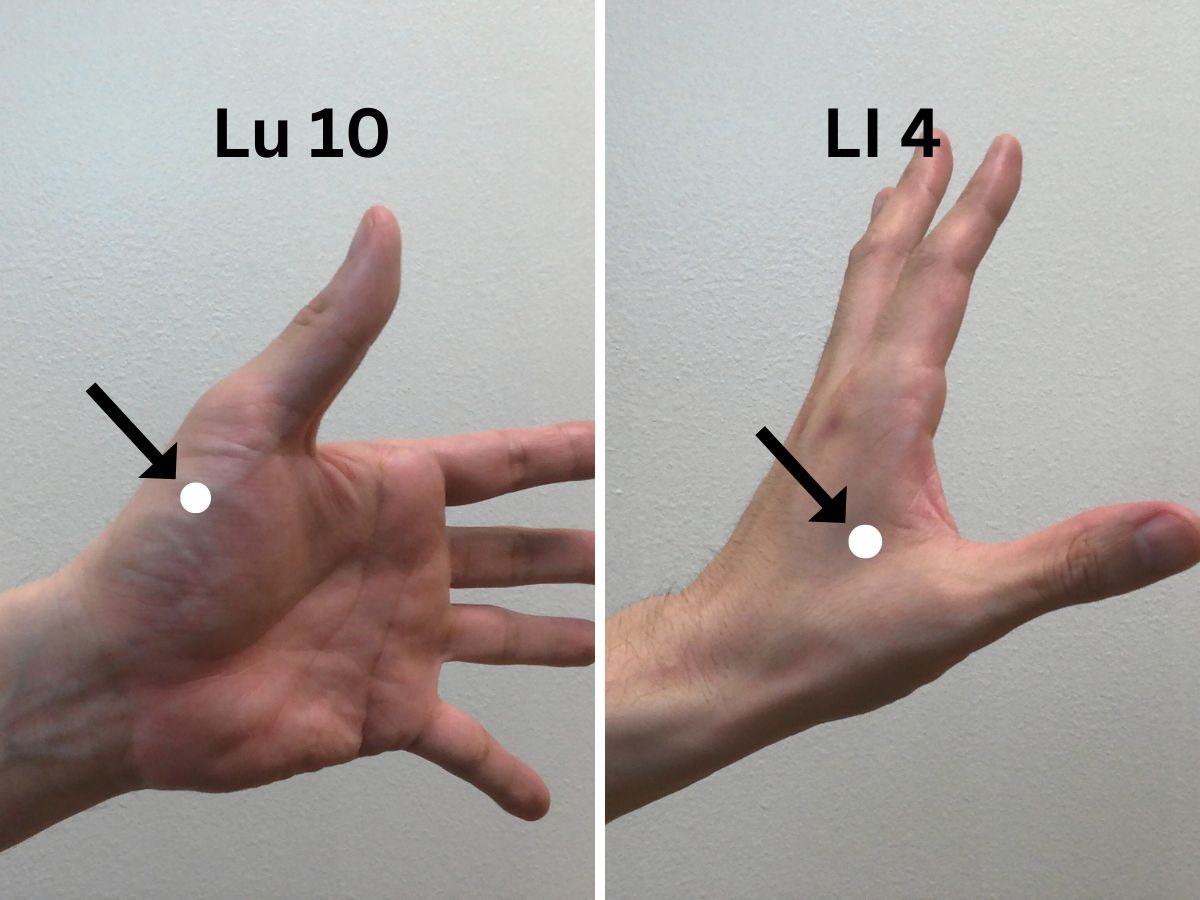
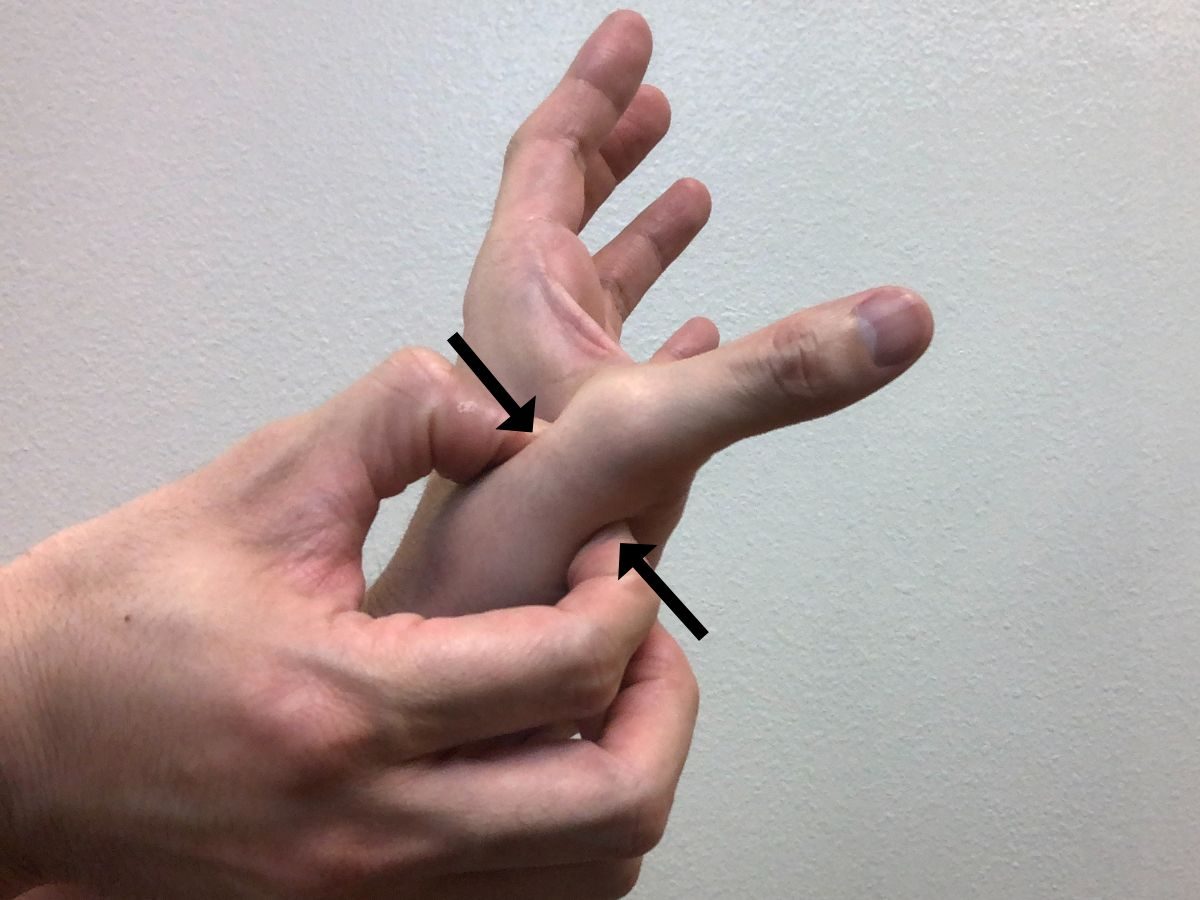
Step 4 involves using Lung 10 and Large Intestine 4 acupressure points together. These points are located near the attachment of the extensor pollicis brevis and abductor pollicis longus, and are effective in treating wrist pain. To apply pressure, grip the thumb bone and move your finger up and down along the edge of the bone for 10 seconds.
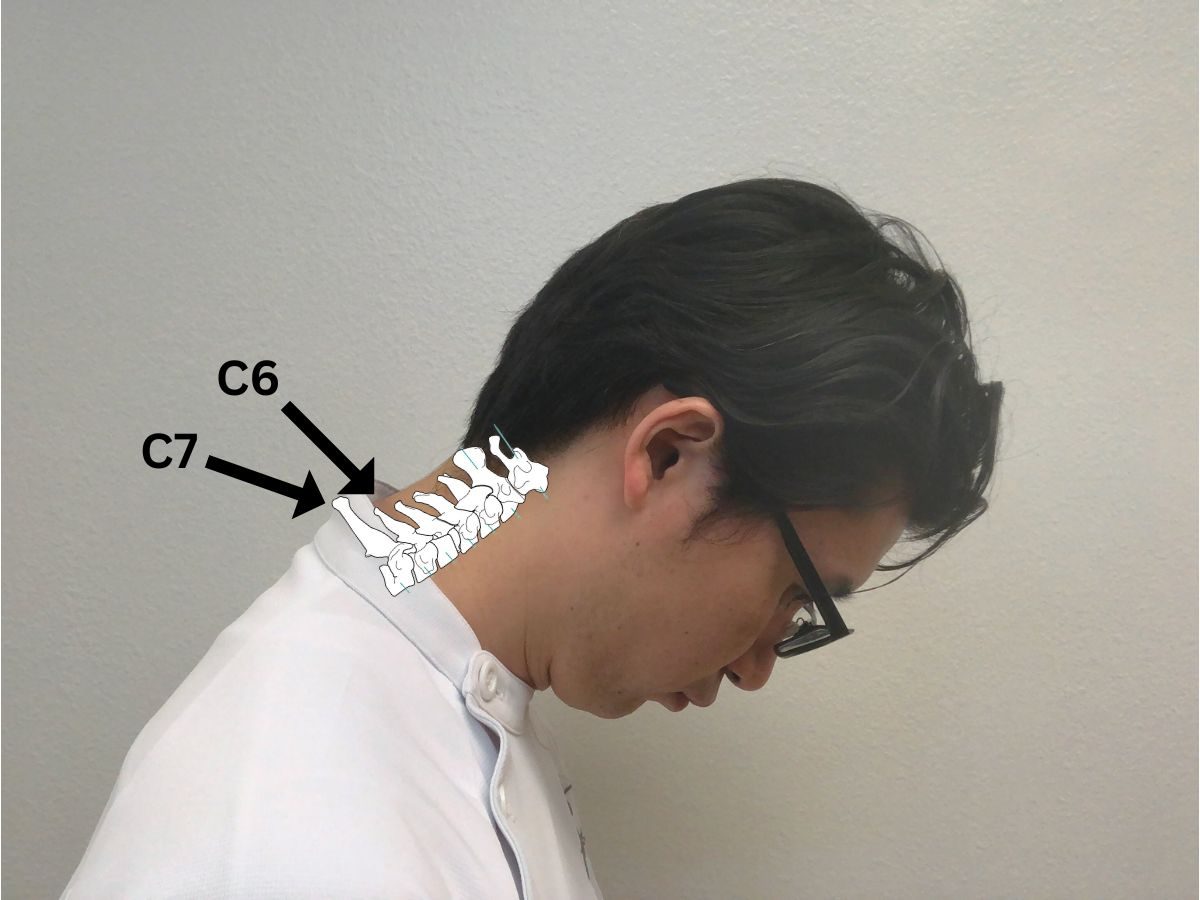
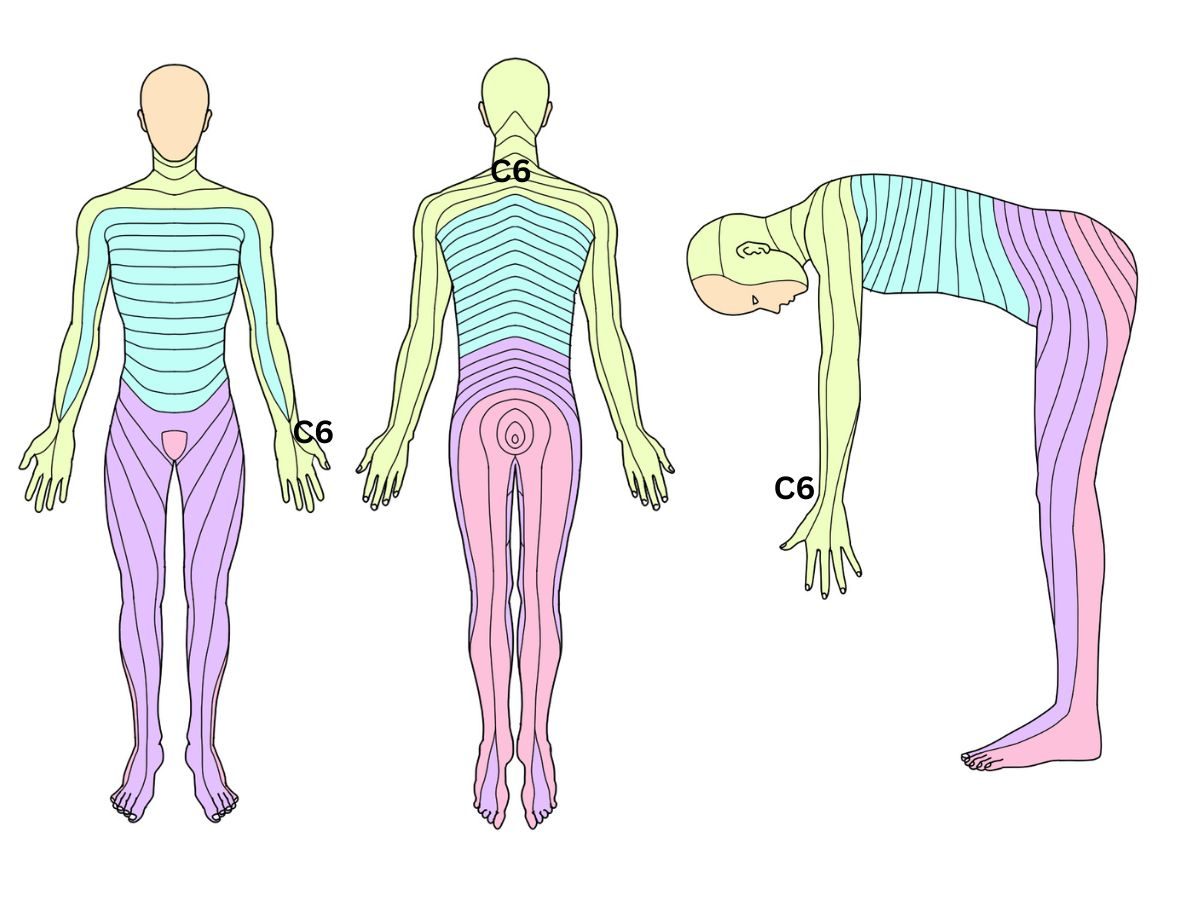
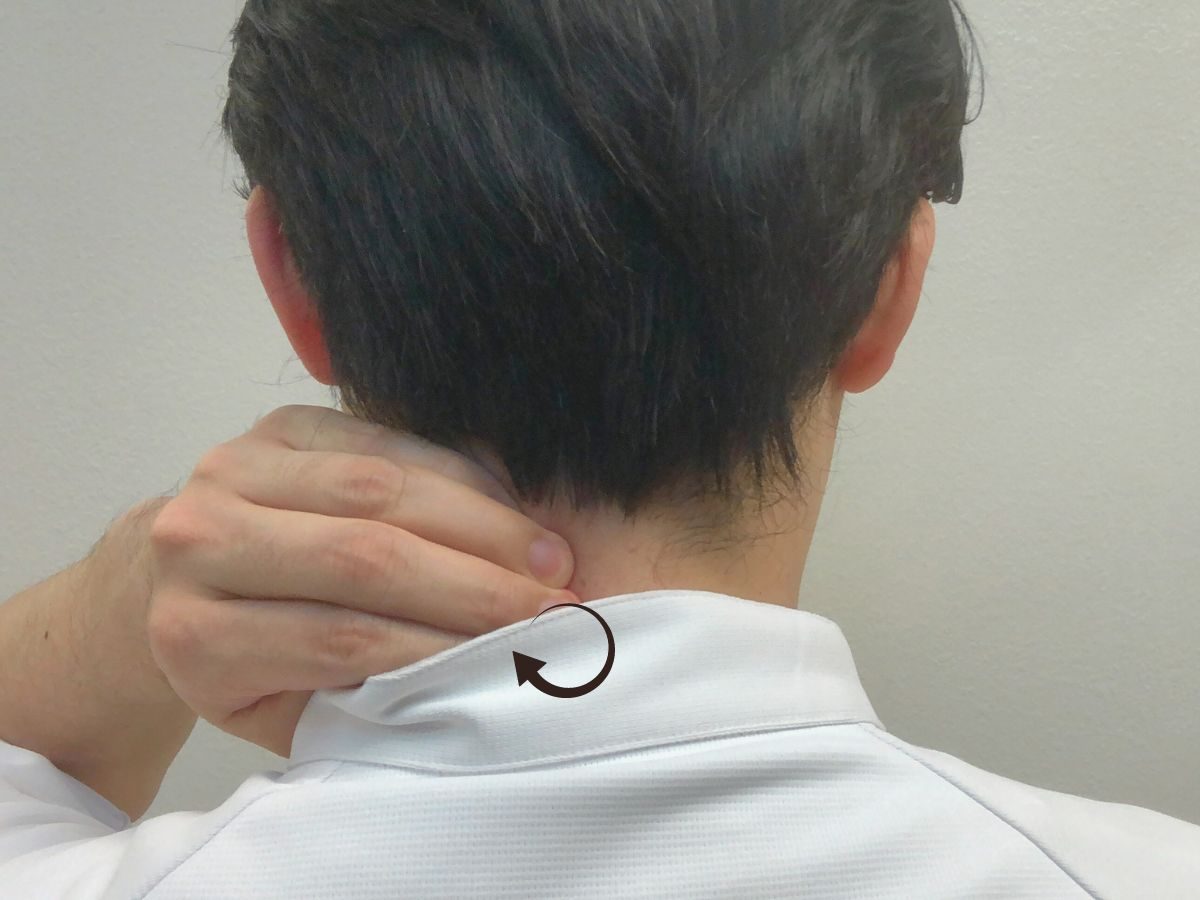
The next acupressure point is located at the base of your neck, at the same level as Cervical 6. To find the spot, flex your neck and locate the most prominent bone, which is Cervical 7. The spot you are looking for is one above that, which is C6. The reason for massaging this spot is based on the dermatome theory. According to the chart, each nerve controls a certain area of the body. For C6, it is responsible for the thumb side of the arm that comes from the wrist area. The dermatome is the nerve innervation to the skin, and it detects pain, tingling, and weakness. Acupuncturists often use this chart to stimulate the points, which is very effective. Once you find the spot, rub the area for 10 seconds.
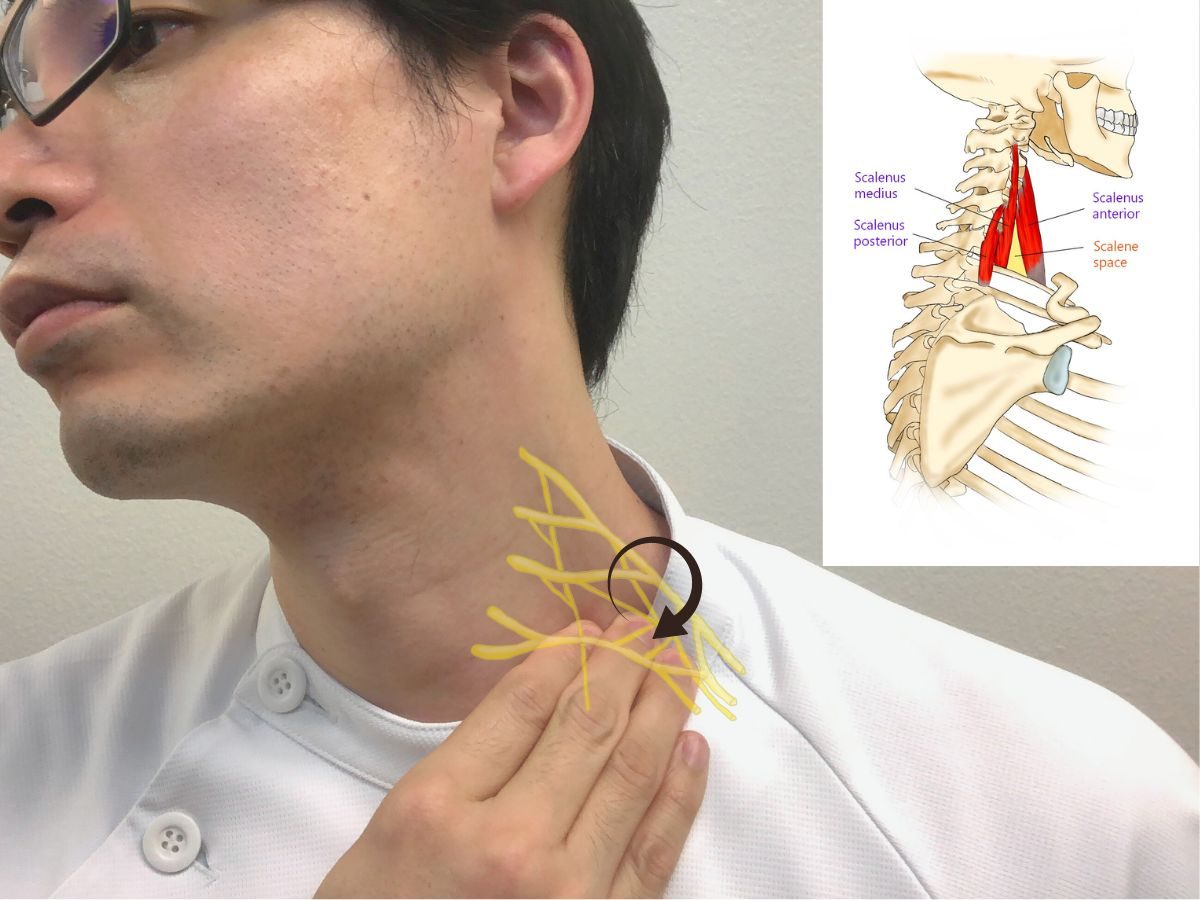
The last acupressure point is ST11 or scalenes. The key to treating pain and releasing muscle impingement is to focus on nerve innervation. Brachial plexus is a bundle of nerves that comes from the spinal cord and runs through the neck, branching out to the arm and hand. People who work at a desk, type or text frequently often have poor neck posture, which can lead to tightness in the neck and compression of the nerves, including the radial nerve that controls the thumb. Releasing the scalene muscles can help alleviate neck tension and wrist pain. Rubbing the area in a circular motion for 10 seconds can be effective.
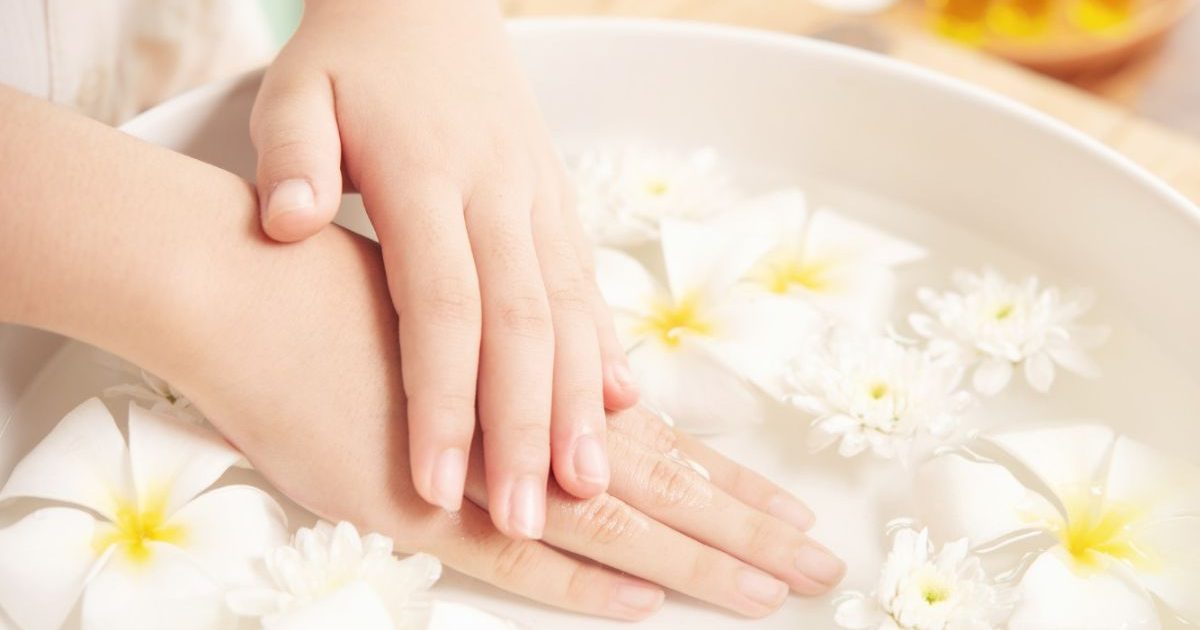
Before you leave, I have one more recommendation. To relieve tension in your wrist, hand, and neck, I suggest using a heat pack or hand bath with Epsom salt. For the hand bath, fill a bucket with hot water at around 100 degrees and add a handful of Epsom salt. Soak your hand in the bath for about 20 minutes to reduce tension in the carpal tunnel and promote faster recovery.
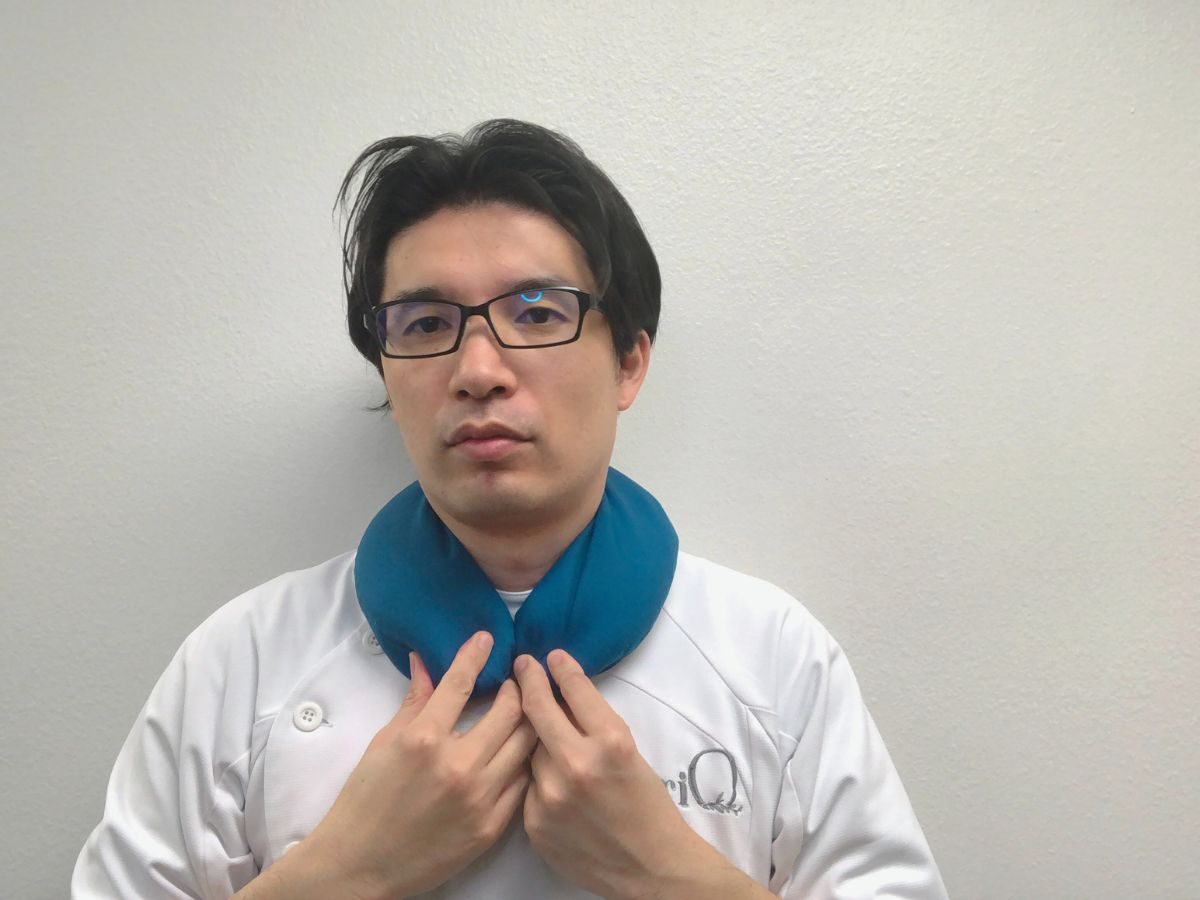
To relieve tension in your neck, use a neck wrap for 20 minutes. This will help release the scalene muscles, which will, in turn, open up the nerves and blood vessels, reducing numbness and tingling in your hand.
Performing these six-step acupressure massage exercises regularly can help speed up your healing process and avoid the need for steroid shots or surgery. If you’re still having trouble with your wrist and hand, you might want to consider alternative treatments, like acupuncture, before deciding on surgery to cut your wrist.
We'll be happy to answer your questions.
Yes. Acupuncture is very effective for De Quervain Tenosynovitis. During the initial acupuncture session, we examined your wrist and muscle tightness. You may be unable to move due to pain. The treatments focused on reducing inflammation and swelling and restoring movement in the wrist and thumb. Many studies have shown that acupuncture is incredibly practical in reducing pain and inflammation due to its ability to stimulate the body to release its natural painkillers. So, you start feeling relieved from the pain after each session.
As a general rule of thumb, the sooner one receives treatment, the better the prognosis. Some patients come for wrist treatment months or even years after the initial onset, and these chronic cases are often more complex and take a much longer time to achieve results. Even then, recovery is not guaranteed.
Regarding the frequency of treatments, acupuncture follows a simple rule. Acute and relatively new conditions are most effectively treated with more frequent visits, whereas chronic and old conditions can benefit from more widespread treatments. In other words, if you just had an onset of De Quervain Tenosynovitis, you will probably be prescribed 2-3 treatments per week in order to get the most effective results, and chronic cases will generally come in only once a week.
If you or a loved one was diagnosed with wrist pain and want to learn more about acupuncture and whether it’s appropriate for your case, send us a message through our contact page. Thank you for taking the time to read this blog post! I appreciate your interest and hope to see you again for future posts.
We understand this can be a lot of information and overwhelming: if you are looking for more support and answers, set up a free consultation with our Pain Specialist, Satoru Ozawa. Share your story, get your questions answered, and learn how you can set yourself up for tremendous success in achieving a healthy life.
The following blogs discuss natural remedies, acupuncture, Chinese medicine, Chinese herbs, and tips for maintaining good health.
I’ll teach you how to make miso soup at home, using a simple fast method that anyone can do. I’ll also explain why miso is more than...
I’d like to share some simple self-stretching techniques for chronic lower back pain, one of the most common and frustrating issues affecting people of all ages, from...
I would like to share with you what you can do with 5 TIPS and how to manage one of the most annoying conditions: tinnitus or ringing...

Satoru Ozawa, L.Ac, ATC
hariQ acupuncture & herbs
Licensed acupuncturist, Certified Athletic Trainer and Chinese herbal specialist. With his 10 years of experience in Oriental Medicine, he will recommend the best natural Remedies, including Acupuncture, Chinese herbs, and health tips to relieve your suffering.
1 comment